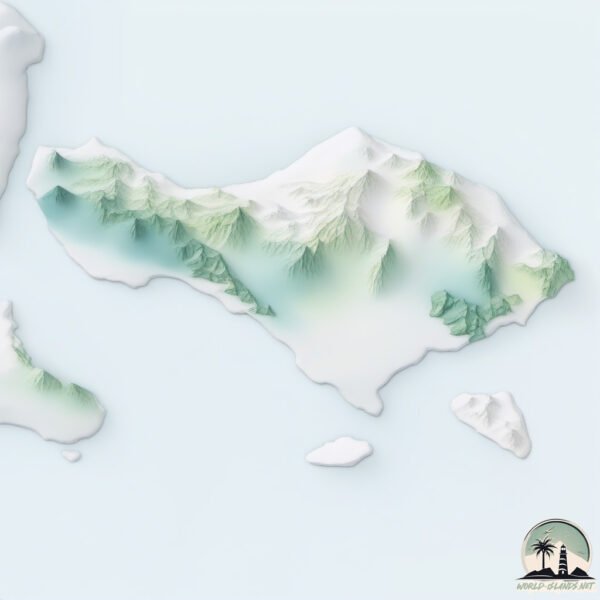Welcome to Bali , a Tropical island in the Bali Sea, part of the majestic Pacific Ocean. This guide offers a comprehensive overview of what makes Bali unique – from its geography and climate to its population, infrastructure, and beyond. Dive into the details:
Geography and size of Bali
Size: 5413 km²Coastline: 504 kmOcean: Pacific OceanSea: Bali SeaContinent: Asia
Bali is a Very Large Island spanning 5413 km² with a coastline of 504 km.
Archipel: Malay Archipelago – The world’s largest archipelago, located between mainland Southeast Asia and Australia, known for its immense biodiversity and cultural diversity.
Tectonic Plate: Sunda – Extends across Southeast Asia, encompassing parts of the Sunda Shelf, known for its interaction with the Australian Plate, contributing to volcanic activity in Indonesia.
The geographic heart of the island is pinpointed at these coordinates:
Climate and weather of Bali
Climate Zone: TropicalClimate Details: Tropical Monsoon ClimateTemperature: Hot
Climate Characteristics: Characterized by heavy rainfall, high humidity, and uniformly high temperatures, but with a distinct short dry season. It features a seasonal reversal of prevailing wind directions.
Topography and nature of Bali
Timezone: UTC+08:00Timezone places: Australia/PerthMax. Elevation: 3031 m Gunung AgungMean Elevation: 454 mVegetation: Evergreen Broadleaf ForestTree Coverage: 51%
The mean elevation is 454 m. Dominating the island’s landscape, the majestic “Gunung Agung” rises as the highest peak, soaring to impressive heights. The island is characterized by Mountains: High, steeply elevated landforms. Characterized by both a high maximum elevation (over 500 meters) and a high mean elevation, creating rugged, mountainous terrains on islands.
Dominating Vegetation: Evergreen Broadleaf Forest
Vegetation: 15 vegetation zones – Exceptionally Diverse Island
Infrastructure and Travelling to Bali
Does the island have a public airport? yes .
Does the island have a major port? yes .
The mean population of Bali is 879 per km². Bali is Densely Populated. The island belongs to Indonesia .
The name of the island resonates across different cultures and languages. Here is how it is known around the world: Arabic: بالي; German: Bali; Spanish: Bali; French: Bali; Portuguese: Bali; Russian: Бали; Chinese: 巴厘岛
Continuing your journey, Penida is the next notable island, situated merely km away.
Best Places To Visit in Bali in 2023 - Travel Guide
Looking to travel to Bali in 2023? Look no further! This travel guide will give you all the necessary information to make the most of ...
Best Places To Visit in Bali in 2023 - Travel Guide
Looking to travel to Bali in 2023? Look no further! This travel guide ...
Looking to travel to Bali in 2023? Look no further! This travel guide will give you all the necessary information to make the most of ...
EVERYTHING You Need To Know Before Visiting Bali Indonesia 2024
BALI INDONESIA: Today we discuss the things to know about visiting ...
BALI INDONESIA: Today we discuss the things to know about visiting Bali Indonesia and surrounding Islands. Bali is a Hindu ...
Is BALI Still Worth Traveling to in 2025?
Is Bali still the ultimate travel destination in 2025? Whether you're ...
Is Bali still the ultimate travel destination in 2025? Whether you're dreaming of a tropical escape, working remotely, or looking for ...
Indonesia is classified as Emerging region: MIKT: Mexico, Indonesia, South Korea, and Turkey – Economies recognized for their development potential and emerging market status. The level of income is Lower middle income.
News – Latest Updates and Headlines from Bali
Stay informed with the most recent news and important headlines from Bali. Here’s a roundup of the latest developments.
Loading...
Social Media Posts about Bali
Loading...
Please note: The data used here has been primarily extracted from satellite readings. Deviations from exact values may occur, particularly regarding the height of elevations and population density. Land area and coastline measurements refer to average values at mean high tide.

